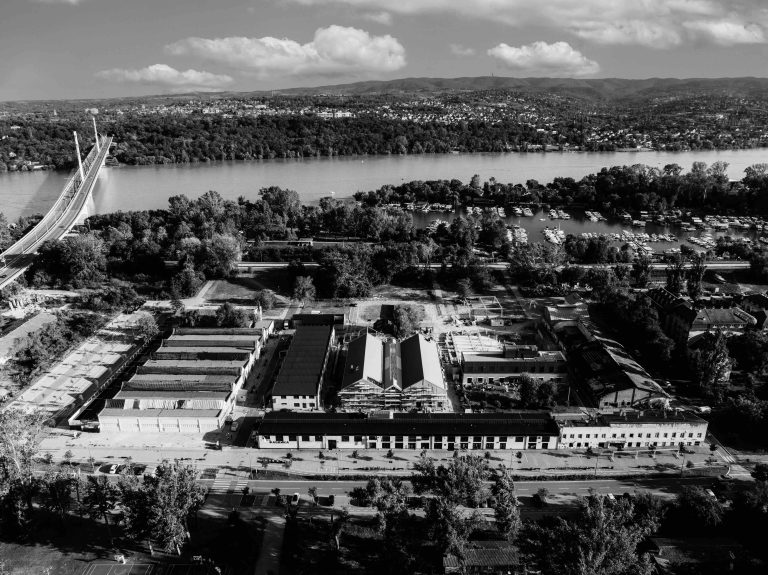The grand finale of the European Capital of Culture is the last programme arch Other? Europe, which begins with the opening of a large exhibition in the Gallery of Matica Srpska: Uroš Predić for Everyone. For the first time in Novi Sad, the audience will have the opportunity to see more than 100 works and discover the third dimension of the art of one of the greatest Serbian and European realist painters, in an exhibition that will be implemented in a slightly different way.
The exhibition, which opens tonight and will last until 31 January of next year, was created according to the highest museum standards, and its additional value is that it will be accessible to visitors of all ages, as well as the blind, deaf, and people with physical or intellectual disabilities. As such, it is an example and an incentive to continue creating programmes in the future that would be completely accessible to all visitors. The focus will not only be on the works that are part of the GMS collection, but the audience will also find works of art from the National Museum of Serbia, the National Museum of Zrenjanin, Matica Srpska, the Museum of the Serbian Orthodox Church, the Museum of the City of Belgrade, the Faculty of Fine Arts, the Zagreb National Museum of Modern Art… as well as the paintings from private collections, most of which have not been exhibited until now.
In order to bring ‘first-hand’ information to the readers about the exhibition, but also about Predić, as one of the greatest Serbian painters, and the importance of holding the exhibition in the European Capital of Culture title year, we spoke with the author of the exhibition Snežana Mišić, PhD. She told Visit Novi Sad that the Uroš Predić. A Life Dedicated to Beauty and Art exhibition in the Gallery of Matica Srpska presents the art work of one of the greatest national painters, who, creating continuously for more than eight decades, left an extremely rich artistic opus, in which he achieved great achievements.
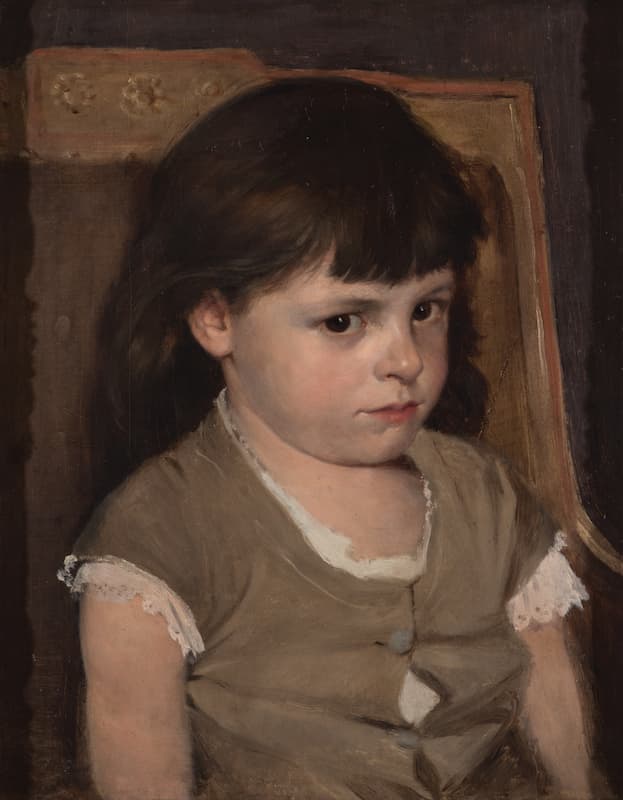
‘Through the selection of the most representative works, as well as those less known to the public, it is possible to view the artistic opus of Uroš Predić, while documentary material (letters, photographs, personal items, etc.) illustrates his life and creative path. In several units ‒ anecdotal and social genres, religious painting, portraits, topics from national history, connections with Matica Srpska, Predić’s thematic orientations are presented’ ‒ explained our interlocutor, adding that by implementing an exhibition of Uroš Predić’s works, we wish to once again show the value of Serbian art in the European Capital of Culture title year.
The Great of National Painting
Predić is one of the favourite painters in Serbia, who regularly attracts many visitors to museums and galleries. He is one of the painters who had a prominent role in the artistic, social and cultural life of the Serbian nation at the end of the 19th and in the first half of the 20th century, an artist who still enjoys great respect both among professionals and the general public. The duration, consistency and persistence of artistic beliefs, great artistic talent and dedication to work are, as Snežana Mišić, PhD, says, the values with which Uroš Predić earned the status of a great national painter. ‘Predić’s work, to the greatest extent kept within academic frameworks and recognizable artistic poetics, survived, resisting the contemporary aspirations of painting, all modern expressions and trends in art, representing ‒ we can now freely say ‒ timeless value.’
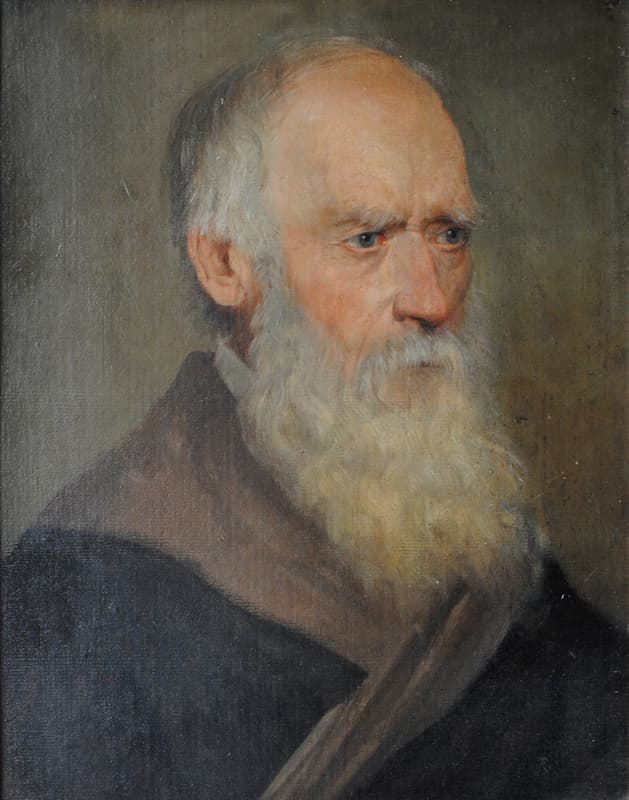
Predić’s Works Exhibited 25 Years Ago
The last retrospective exhibition in Novi Sad was held 25 years ago, when the Gallery of Matica Srpska celebrated the 150th anniversary of its existence, and it aroused great public interest at the time. Given that this year the Gallery of Matica Srpska celebrates its 175th anniversary, the exhibition of Predić’s work begins the programme to mark this great jubilee, since the Gallery of Matica Srpska continues to home the work of the painter. ‘We decided to present the life and work of one of the greatest national painters, his place in Serbian art and culture, as well as his exceptional contribution to Matica Srpska and its Museum ‒ today’s Gallery,’ Mišić explained.
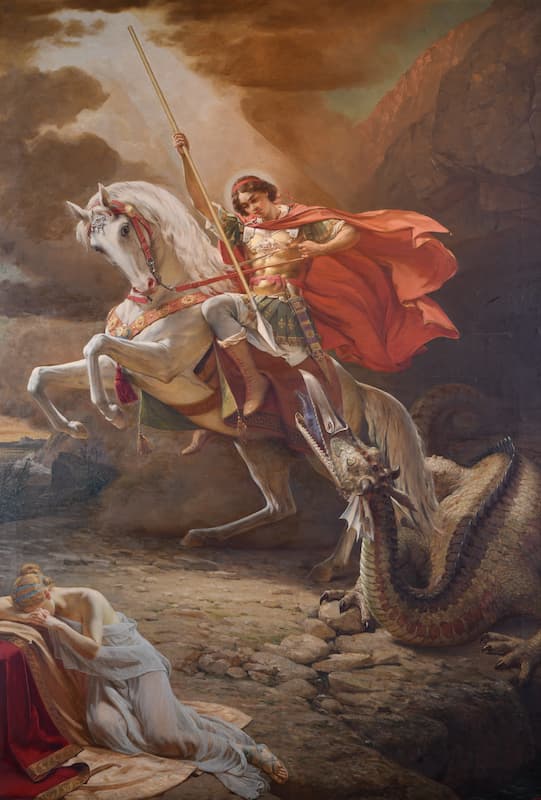
Educational Programme of the Exhibition
Along with the exhibition, a large number of accompanying programmes are announced, such as programmes for the blind and visually impaired visitors, deaf and hard of hearing visitors, people with intellectual disabilities, and programmes for children and the elderly.
‘In accordance with the institutional commitment developed over the past quarter of a century that we are a museum open to everyone, we prepared a rich accompanying programme. In addition to daily curatorial guidance through the exhibition and expert lectures, an integral part of the exhibition is the programme Uroš Predić for Everyone, which is adapted to different ages, as well as to people with different categories of disabilities. In addition to tactile models of paintings and audio guidance, expert interpretations and curatorial guidance will be provided through the exhibition in sign language and inclusive workshops with the Per.Art organization. For the youngest visitors, we have prepared an educational programme Once Upon a Time There Was a Painter. Uroš Predić, while young people will get to know the life and work of Uroš Predić through the programme Predić as a Comic Book Hero. In this manner, we wish to point out the importance of creating a society in which all visitors equally exercise their right to participate in cultural life.’
We Did Not Know about Predić
The author of the exhibition also referred to lesser-known details from the life of Uroš Predić, which are important for understanding his work. ‘The public may not know that Uroš Predić was not only a great painter but also one of the smartest, an intellectual of high literary culture and unobtrusive erudition. He had a highly developed awareness of truth, moral values and a passion for spiritual improvement, looking up to the German philosopher Arthur Schopenhauer, for whom he had great respect,’ explained Mišić.
The influence of this idealist philosopher, a classic representative of pessimism, as he says, is also noticeable in Predić’s work, but also, above all, in his personality ‒ in his tendency to melancholic-pessimistic thoughts, introspection, solitude, in his consistency with principles and the persistence of his own beliefs. Consistent with his principles in painting and art, steadfast in nurturing his own artistic qualities and values, Predić’s melancholic character and his painting became a symbol of idealism and the pursuit of universal and timeless values such as beauty and art.
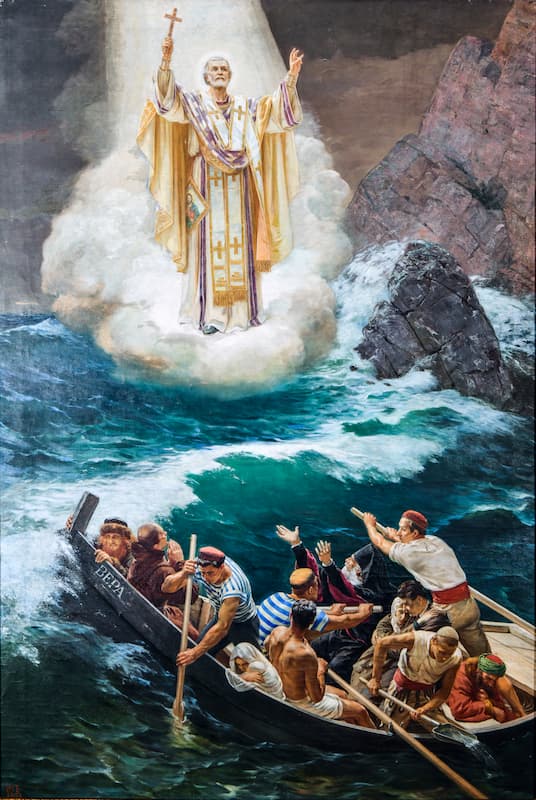
Masterpieces for the First Time in ECoC
You can visit the Uroš Predić. A Life Dedicated to Beauty and Art exhibition until 31 January 2023 in the Gallery of Matica Srpska every day except Monday. In addition to the key paintings by Uroš Predić, which also represent masterpieces of Serbian art, such as Kosovo Maiden, Refugees from the Herzegovina Uprising, Happy Brothers, Orphans on Mother’s Grave, Girl at the Fountain, Sulking Girl, you will also have the opportunity to see a significant number of works from private collections, some of which are presented to the public for the first time. Furthermore, thanks to the cooperation with the Computer Graphics Department of the Faculty of Technical Sciences in Novi Sad, drawings by Uroš Predić from the collection of the Gallery of Matica Srpska and the iconostasis of the Church of St. George in Bečej, which represents his most successful work in the field of religious painting, will be
presented via multimedia web presentation, while the Uroš Predić film was shot in collaboration with Blaža Popović.
Author: Tihana Smiljanić
Photo: Vladimir Veličković, GMS archives



